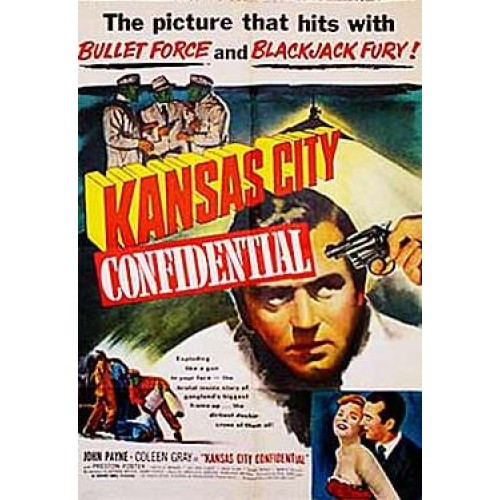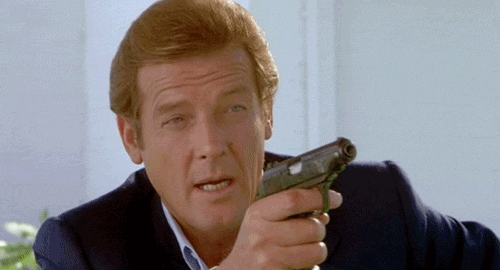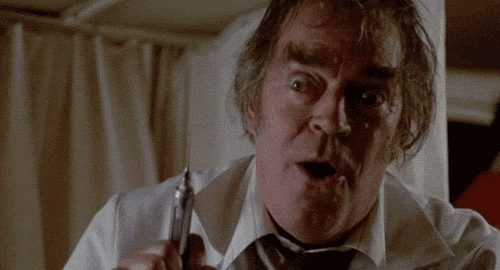Welcome to Retro Television Reviews, a feature where we review some of our favorite and least favorite shows of the past! On Tuesdays, I will be reviewing the original Fantasy Island, which ran on ABC from 1977 to 1984. Almost the entire show is currently streaming on Daily Motion, YouTube, Plex, and a host of other sites.
This week is a busy one as Mr. Roarke deals with several guests, a new assistant …. AND THE DEVIL!
Episode 5.2 “The Devil and Mr. Roarke/Ziegfeld Girls/Kid Corey Rides Again”
(Dir by Don Chaffey, originally aired on October 17th, 1981)
The plane lands at the Island, carrying four people in search of a fantasy. Waiting to greet them are Mr. Roarke, Tattoo, and Julie. After being told that she wasn’t ready to greet the guests last week, Julie has finally been promoted. And if you thought that Mr. Roarke and Tattoo occasionally had an awkward chemistry, it’s nothing compared to how awkward things feel with a third person cheerfully taking part in their conversations. Wendy Schaal is likable enough as Julie but it’s hard to understand why, in-universe, the character is there.
As for our guests, Joan (Barbi Benton in old-age makeup) and Rubi (Audrey Landers, in even more old-age makeup) are former Ziegfeld girls who want to relive their youth. Joan’s niece, Billie (Betty Kennedy), is appearing in a Ziegfeld-style revue that is being directed by Carl Wagner (Dack Rambo). Mr. Roarke agree to make Rubi and Joan young again, with the understanding that it will only be for the weekend and that they can’t tell anyone about their fantasy while they’re experiencing it. The women agree and are overjoyed when they are transformed into their younger selves. (I’m going to guess that Benton and Landers were probably even happier to ditch the old age makeup.) Rubi promptly decides to steal Carl away from Billie. Joan is shocked by Rubi’s behavior and she has to decide whether to allow her friend to live her fantasy or to tell the truth about what she and Rubi are doing on the island.
Also going into the past is a meek shoe salesman named Ned Plummer (Arte Johnson). Ned wants to go back to the old west so that he can meet his hero, outlaw Kid Corey. Corey is famous for disappearing after pulling off a million dollar robbery. Ned even has an old picture of Corey in which Corey possesses a definite resemblance to Ned himself. Mr. Roarke warns Ned that, when he goes to the past, the bullets will be real and he won’t be able to return to the present until his fantasy is over. Given a magic horse, Ned rides into the past and promptly meets Kid Corey (Jack Elam).
It turns out that Kid Corey doesn’t look like Ned. It also turns out that Kid Corey is not the Robin Hood-type figure that he was made out to be in the history books. Kid Corey isn’t even a Kid! He’s an irascible old man who doesn’t lift a finger when Ned is arrested by Sheriff Matt (Cameron Mitchell, naturally enough), taken to jail, and sentenced to hang. Oh no! It sound like it’s time for Mr. Roarke to save Ned, right? Well, Mr. Roarke is busy with another situation so it’s Tattoo who shows up in Ned’s fantasy and, oddly, Tattoo doesn’t seem to be that worried about Ned getting executed. Maybe Tattoo is planning on blaming it all on Julie. (That said, it is nice to see Tattoo get to do something more than just as Mr. Roarke questions. In this episode, Herve Villechaize seems to be enjoying the chance to show off his snarky side.)
What is occupying Mr. Roarke’s attention? Well, Satan (Roddy McDowall) has returned to the Island. He claims that he’s just looking for a relaxing weekend but it soon becomes obvious that, once again, he wants Roarke’s soul. Mr. Roarke warns Julie to be careful what she says around the Devil. So, of course, Julie promptly offers to give away her soul.
Now, in Julie’s defense, she was trying to save a guest who was drowning in quicksand and what she said is that she would do anything to save the guest’s life. Satan hears and saves the guest in return for Julie giving him her soul at midnight. Still, I have to wonder why Julie hadn’t been previously trained on how to pull someone out of quicksand. I mean, if she’s ready to meet the guests then I would think that Roarke would have given her quicksand training. That really seems like the first thing that someone should learn when they start working on Fantasy Island.
(For that matter, why is there so much quicksand on a resort!?)
Satan — surprise! — is willing to call off his deal with Julie in return for Roarke giving up his soul at midnight. Roarke agrees but then he tricks Satan by singing a contract transferring possession of his soul to Julie. Since Roarke’s soul is now Julie’s, Roarke can’t get give it away. Because the overly cocky Satan spends too much time gloating and then gets upset over being conned, he loses track of time and the midnight hour passes without Satan taking anyone’s souls.
(I’m not sure if any of this would hold up in court but, to be honest, I don’t really know much about contract law.)
With three stories and a new sidekick to introduce, this was a very busy episode. The Ziegfeld and the Old West fantasies were nicely done. The Ziegfeld costumes were to die for and Jack Elam was memorably uncouth in the role of Kid Corey. That said, as you can probably guess, the main attraction here is Roddy McDowall hamming it up as the Devil. He and Montalban both seem to be having a lot of fun in this episode and their confrontation is entertaining to watch. I wish Julie hadn’t been portrayed as being such a naive fool but still, this was an enjoyable weekend on the Island.
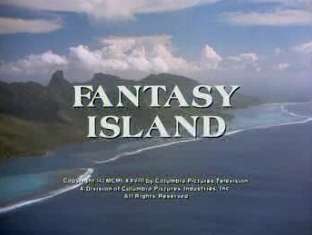







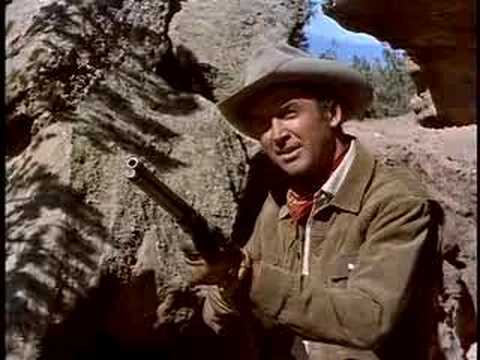

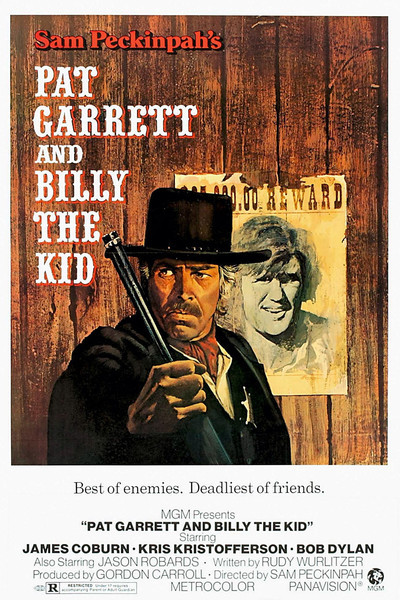
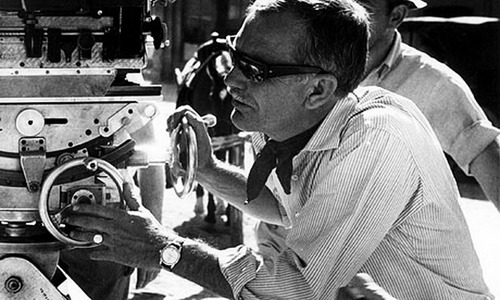
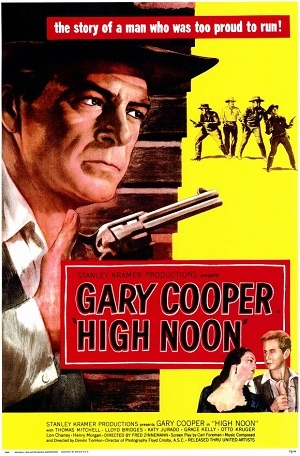
 The place is Chicago. The time is the era of Prohibition. The head of the Chicago Outfit, Rocca (Ted de Corsia), has arranged for a career criminal named Lester Gillis (Mickey Rooney) to be released from prison. A crack shot and all-around tough customer, Gillis has only two insecurities: his diminutive height and his youthful appearance. Rocca wants to use Gillis as a hit man but Gillis prefers to rob banks. When Rocca attempts to frame Gillis for a murder, Gillis first guns down his former benefactor and then goes on the run with his girlfriend, Sue Nelson (Carolyn Jones). Because they are both patients of the same underworld doctor (played by Sir Cedric Hardwicke), Gillis eventually meets public enemy number one, John Dillinger (Leo Gordon). Joining Dillinger’s gang, Gillis becomes a famous bank robber and is saddled with a nickname that he hates: Baby Face Nelson.
The place is Chicago. The time is the era of Prohibition. The head of the Chicago Outfit, Rocca (Ted de Corsia), has arranged for a career criminal named Lester Gillis (Mickey Rooney) to be released from prison. A crack shot and all-around tough customer, Gillis has only two insecurities: his diminutive height and his youthful appearance. Rocca wants to use Gillis as a hit man but Gillis prefers to rob banks. When Rocca attempts to frame Gillis for a murder, Gillis first guns down his former benefactor and then goes on the run with his girlfriend, Sue Nelson (Carolyn Jones). Because they are both patients of the same underworld doctor (played by Sir Cedric Hardwicke), Gillis eventually meets public enemy number one, John Dillinger (Leo Gordon). Joining Dillinger’s gang, Gillis becomes a famous bank robber and is saddled with a nickname that he hates: Baby Face Nelson.